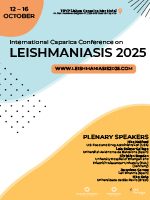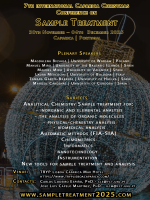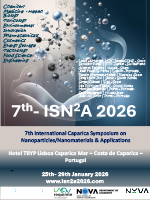Comparative proteomic map among vanA-containing Enterococcus isolated from yellow-legged gulls
DOI: 10.5584/jiomics.v2i1.86
Abstract
The increase of VRE, therefore, represents an urgent threat for patient care and creates a reservoir of mobile resistance genes for other, more virulent pathogens. The existence of VRE in different ecologic niches complicates the understanding of its epidemiology. The aim of the present study was to study the proteome of 2 vanA strains recovered from seagull faecal samples. The vanA E. durans and vanA E. faecium isolates presented different genomic patterns: tet(M)-tet(L)-erm(B) and tet(M)-tet(L)-erm(B)-hyl, respectively. A total of 123 spots were excised from two-dimensional gel electrophoresis (2-DE) gel of vanA E. durans SG 2 strain, and 16 were successfully identified by using MS, representing 42 different proteins. For the vanA E. faecium SG 50 strain, 93 spots were excised from the 2-DE gel and 23 were identified, representing 47 different proteins. The vancomycin/teicoplanin A-type resistance protein vanA in vanA E. durans SG 2 strain was present in two different spots. The identified proteins have shown diverse functional activities including glycolysis, conjugation, translation, protein biosynthesis, among others. This work reports the impact of proteomics on knowledge of vanA enterococci strains and will be helpful to further understand the antibiotic-resistant mechanism.









